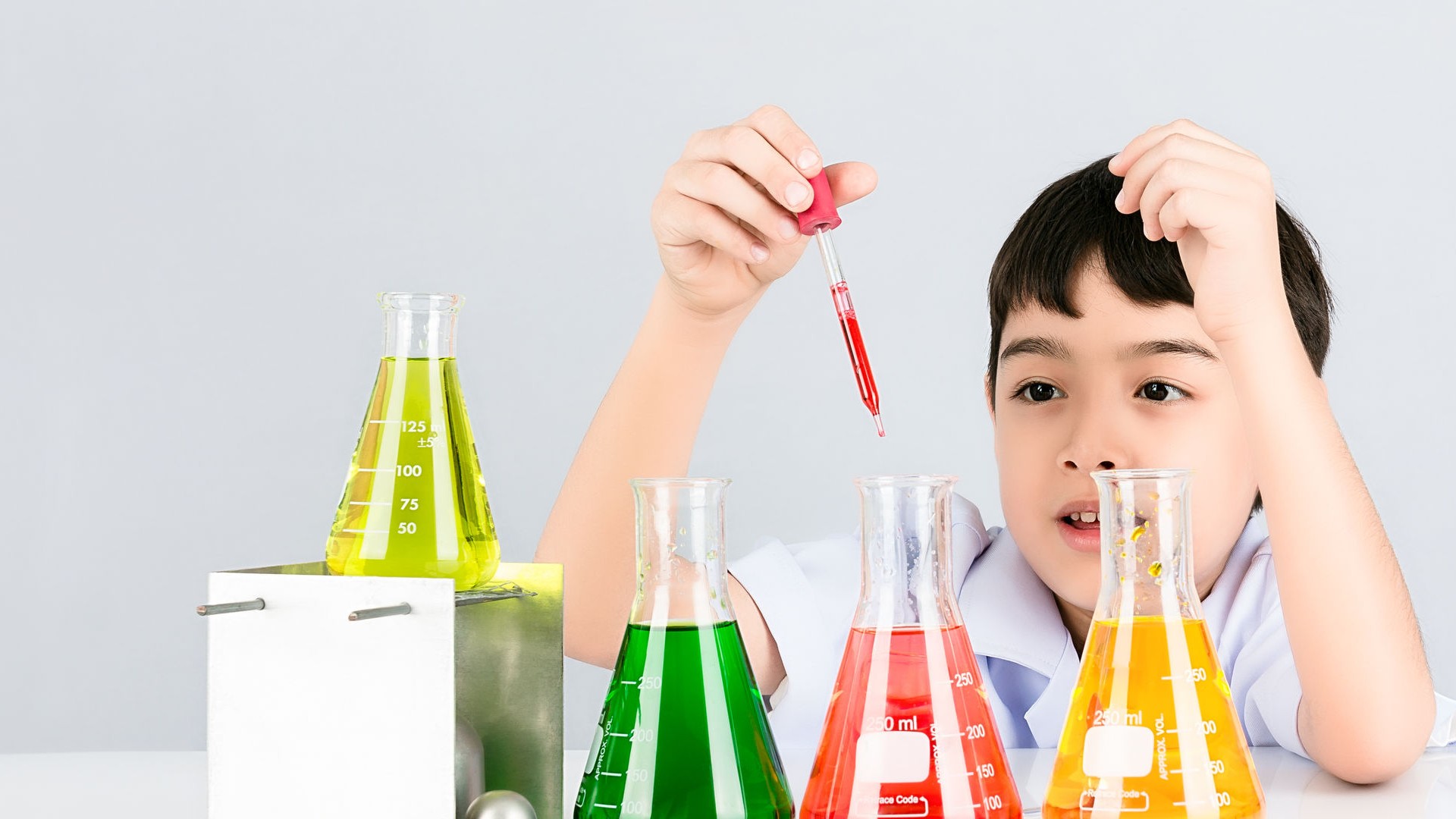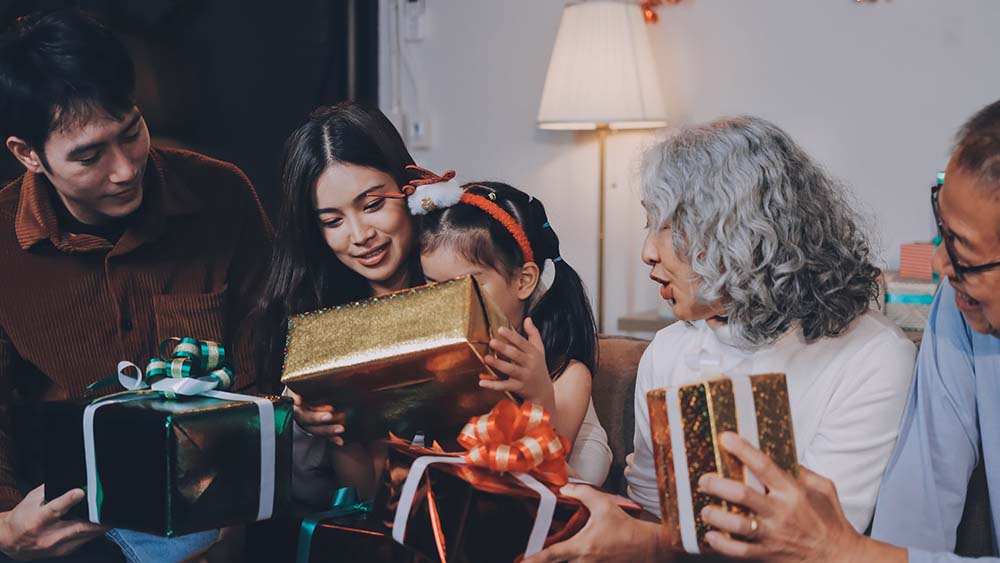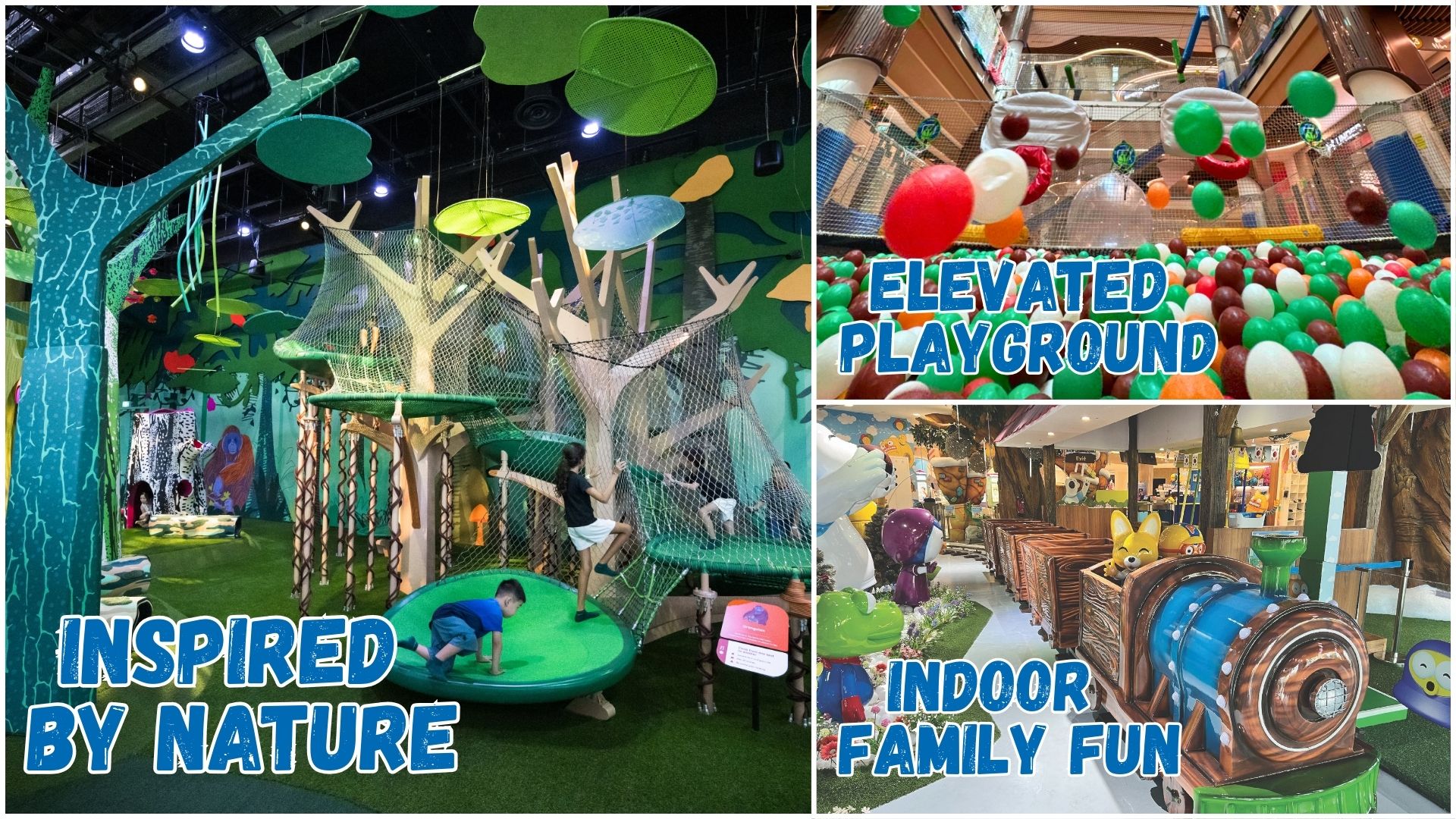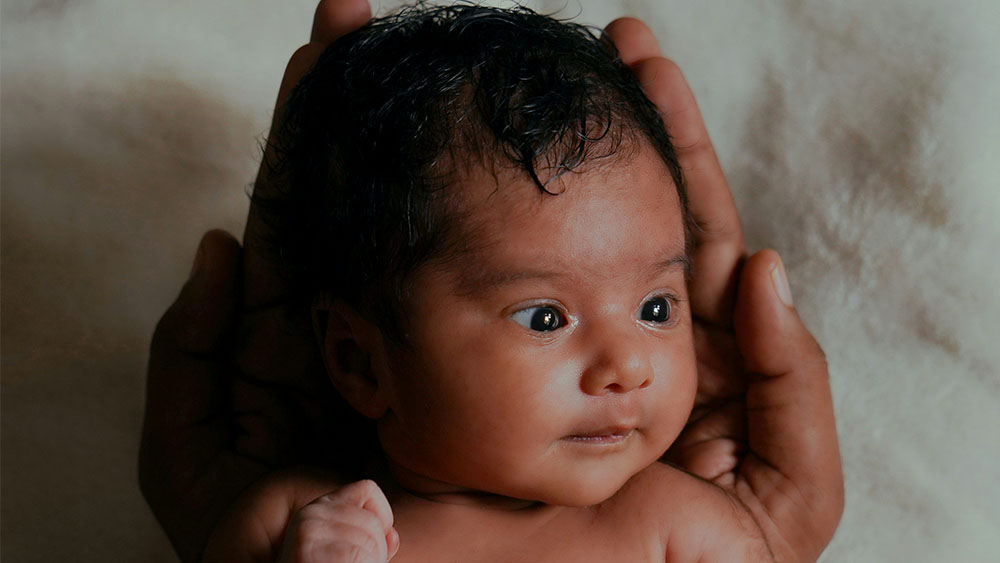5 Cool Kitchen Pantry Science Experiments to Keep the Kids Entertained
With the long weekend coming up, check out these cool science experiments that you can keep the kids occupied with at home – all you need are some some common household supplies and some ordinary mason jars.
1. Cornstarch Quicksand
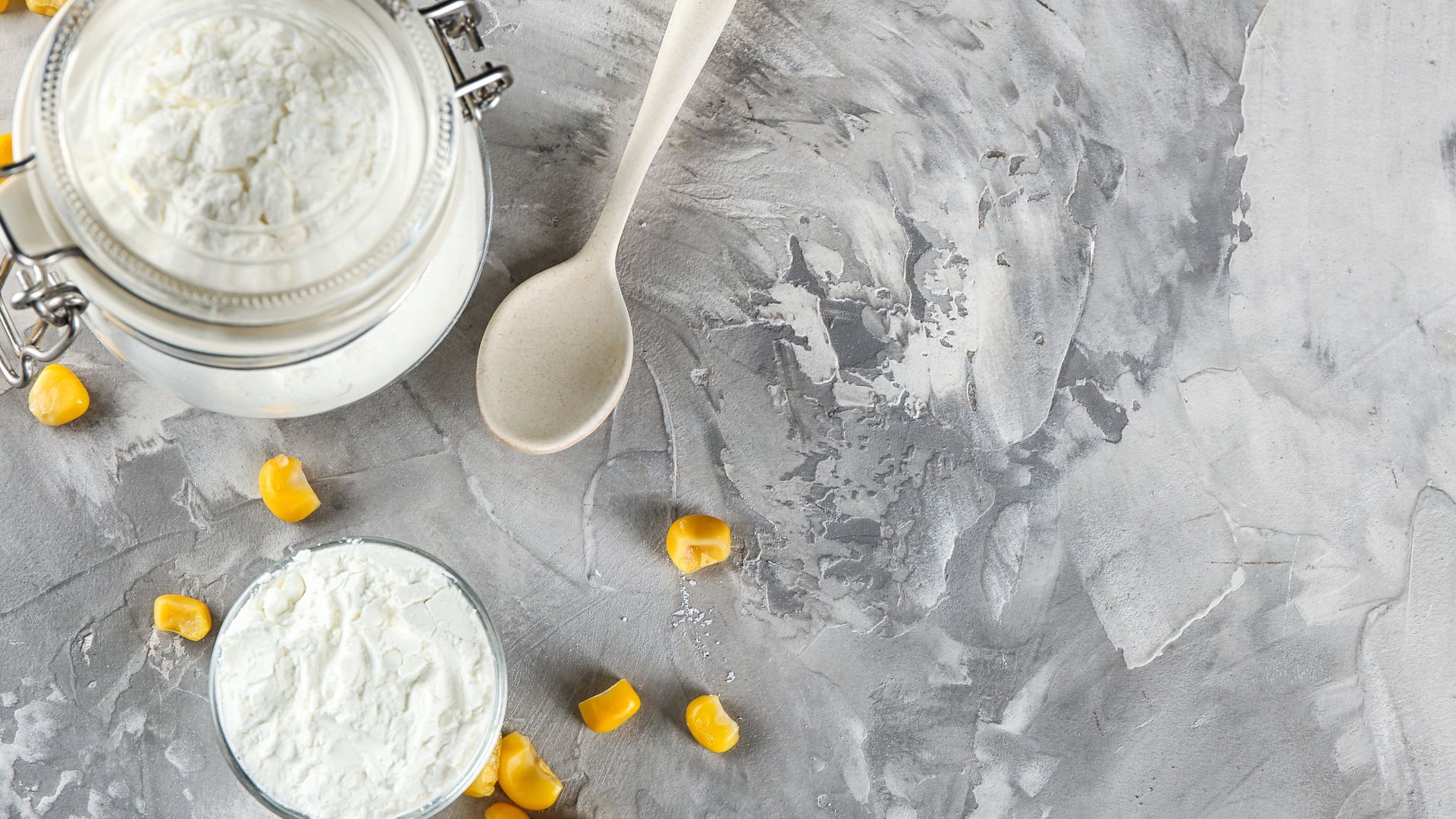
Like quicksand, this weird creation is a solid liquid and a liquid solid at the same time.
What you’ll need:
- A mason jar with a lid
- Water
- Cornstarch
- Wooden spoon for stirring
- Shallow pan
Mix one part water to two parts cornstarch with the wooden spoon. It’ll be hard to mix initially, but will eventually for a thick paste. The mixture will feel stiff if you stir quickly, but will loosen up faster if you stir slowly.
Pour the quicksand into a shallow pan and walk your fingers across it. When they sink in, try to pull them out fast, and see what happens. Pick up some of the mixture in your hands and squeeze it. Let go and see what happens!
Tap your spoon on the mixture’s surface – it will feel solid. Now scoop up the mixture with the spoon – it’ll flow like a liquid.
Congratulations. You’ve just created a colloidal solution, a mixture made up of very tiny particles suspended in water. Like quicksand, which is just sand suspended in water, the mixture acts feels like a solid under pressure, and acts like a liquid when not under pressure.
Note: Don’t throw the quicksand down the drain otherwise it will clog. Throw it in the bin or compost it when you’re done playing.
2. Make invisible ink using lemon juice
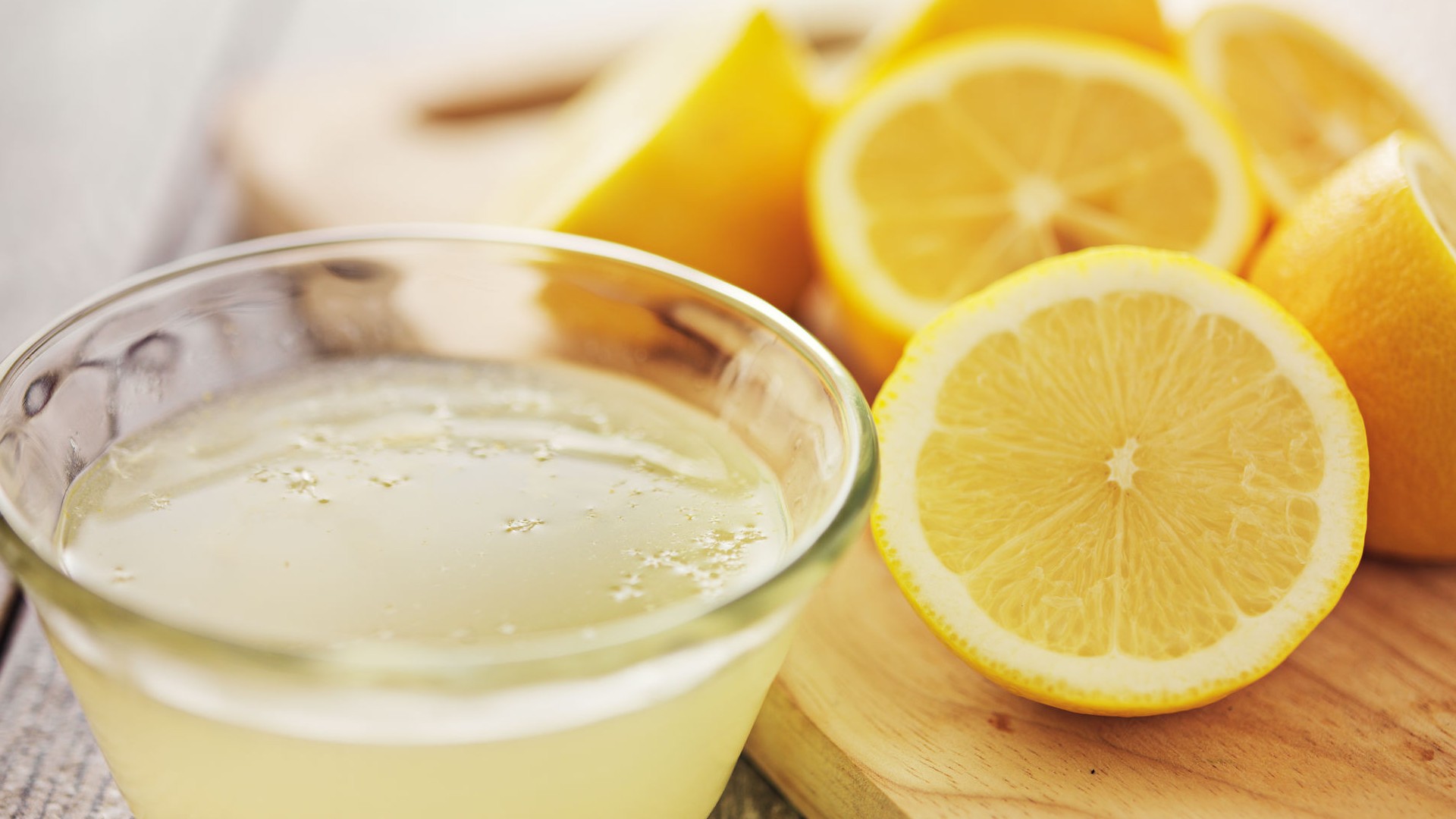
Lemon juice is acidic and weakens paper. When the paper is heated, the remaining acid turns the writing brown before discolouring the paper.
What you’ll need:
- Lemon Juice
- Sunlight or Heat Source
- Paper
- Paintbrush or Stick
Dip a stick or paintbrush into the lemon juice and use it to write with as ink on a sheet of paper.
Let the paper dry completely. There should be ‘nothing’ visible on the paper.
To read the invisible message, hold the paper up to sunlight, a light bulb, or another safe heat source. The heat will cause the writing to darken to a pale brown because the weakened paper burns before the rest of the paper, so your message can be read.
Another way to read the message is to put salt on the drying ink. After a minute, wipe the salt off and colour over the paper with a wax crayon to reveal the message.
3. Lava lamp
Oil and water just don’t mix.
What you’ll need:
- Large mason jar with a lid
- Water
- Food colouring
- Vegetable oil
- Alka-Seltzer tablets or any other effervescent antacid tablets
Fill the jar a quarter full with water
Stir in a few drop of food colouring
Add twice as much oil as water, so the jar is three-quarters full.
Drop in half of an antacid tablet and observe the reaction.
The tablet will start bubbling, causing blobs of the coloured water to rise above the oil because of carbon dioxide released when the baking soda in the effervescent table dissolves in water. Once the bubbling slows down, add smaller chunks of another tablet to keep the bubbles going again.
4. Make non-toxic glue from milk powder
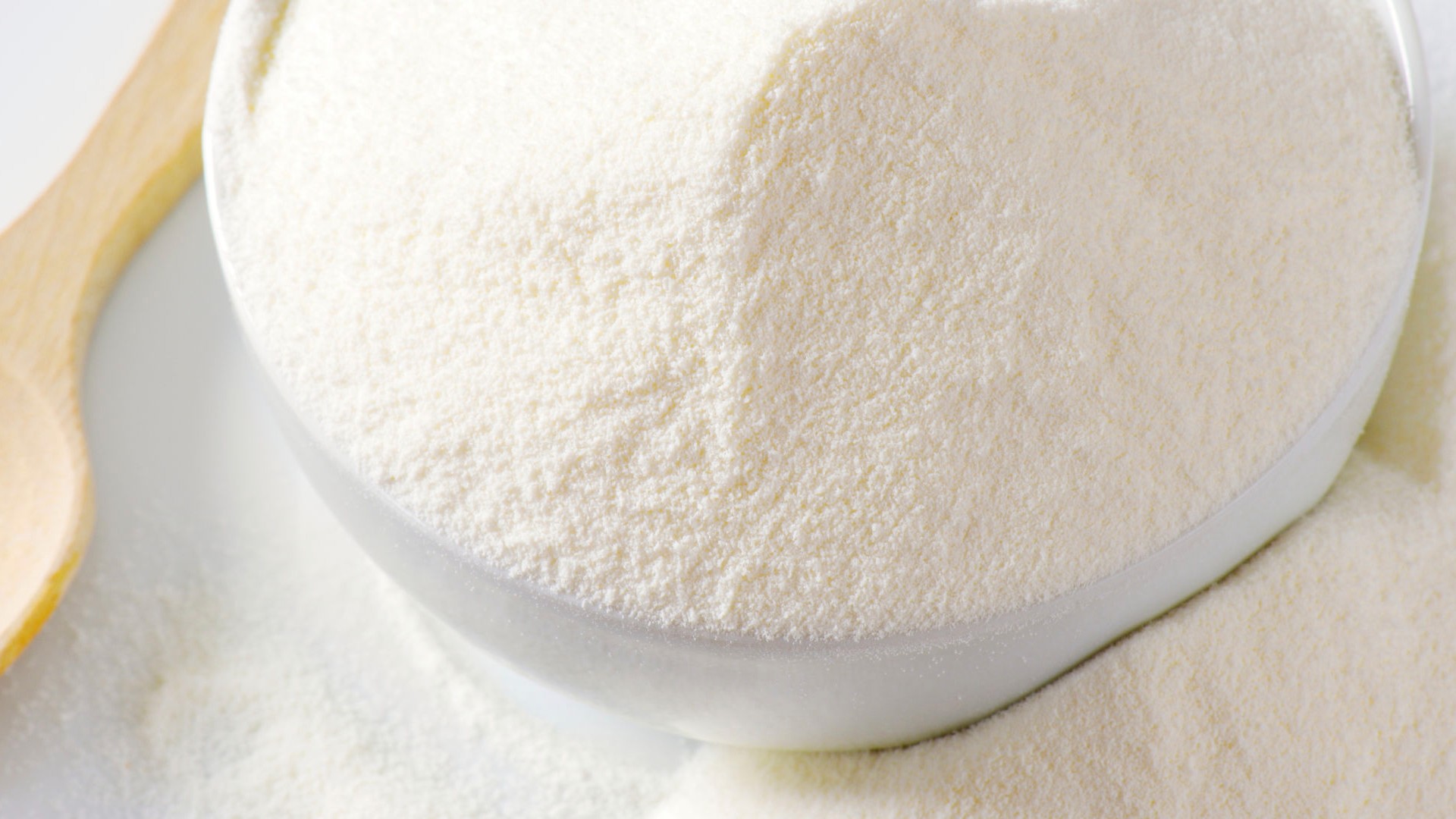
Separating milk using vinegar isn’t just to make cheese.
What you’ll need:
- ¼ cup hot water
- 1 tbsp vinegar
- 2 tbsp milk powder
- ½ tsp baking soda
- Water
Mix the water with the powdered milk until it dissolves.
Stir in the vinegar. The milk will begin to separate into solid curds and watery whey. Continue stirring until the milk is well-separated.
Pour the curds and whey into a muslin cloth to collect the curd.
Use a spoon to break the curd into small pieces and add 1 tsp hot water and ¼ tsp baking soda to it (there may be some foaming as CO2 gas is released from the reaction of baking soda with vinegar).
Mix thoroughly until the glue becomes smooth and more liquid. If the mixture is too thick, add a bit more water. If the glue is too lumpy, add more baking soda.
Use your glue for school projects. Have fun!
5. Walking water colours
Make coloured water move from jar to jar using capillary action.
What you’ll need:
- 7 mason jars
- Food colourings – red, yellow, blue
- Water
- Kitchen paper towels
Fill four jars with water. Put red food colouring into two jars, blue in one and yellow in the last one.
Arrange the jars in the following pattern: red, empty, blue, empty, yellow, empty, red.
Roll six sheets of paper towel into wicks about an inch wide, and then fold them in half. Carefully place one end of each wick in a jar.
After a few minutes, the water from the full jars will climb up the wick and start flowing into the empty jars and the colours start mixing.
For the latest updates on Wonderwall.sg, be sure to follow us on TikTok, Telegram, Instagram, and Facebook. If you have a story idea for us, email us at [email protected].







